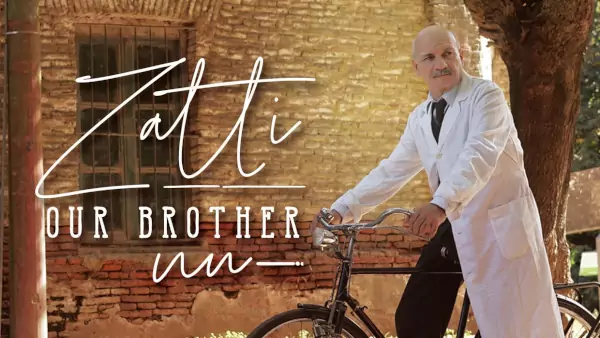April 29 - Catherine is the twenty-third of the twenty-five children of a dyer, Giacomo Benincasa, and Monna Lapa. She and her twin sister Jeanne were born in Siena on March 25, 1347, the feast of the Annunciation to Mary. Jeanne died shortly afterwards.
The childhood of Catherine of Siena seems to have been marked very quickly by a deep attraction for God. She had her first apparition around the age of 6. She saw, above the church of San Domenico, Christ the Pontiff blessing her. Around the age of 7, Catherine took a vow of chastity. Catherine grew up and around the age of thirteen, she refused all coquetry, although she was pushed to do so by her mother. Catherine received the habit of the Sisters of the Penance of St. Dominic (nicknamed the Mantellate because of their black habit, mantellata in Italian). The ceremony took place between late 1364 and early 1365. In 1374, the young mystic, who aroused astonishment in Siena and in the Dominican Order, appeared before the General Chapter of the Dominicans in Florence. There she met Blessed Raymond of Capua who became her spiritual director.
From 1375 onwards, she publicly defended the Pope's interests by committing herself to the return of the popes from Avignon to Rome and to the unity and independence of the Church. During a meeting with the leaders of the city of Florence, she was sent by them to the Pope to try to reconcile the Papacy and Florence.
The influence of Catherine of Siena is undoubtedly the main factor that led Pope Gregory XI to leave Avignon for Rome. He left the city of Avignon on September 13, 1376 and embarked for Marseille. The situation of the Papacy back in Rome became difficult, however, concerning the city of Florence. Faced with this situation that undermined the power of the Papacy, especially since the city of Florence was one of the most powerful cities, Catherine implored the lifting of the ban and the Pope's clemency on numerous occasions in her letters. The pope then decides to send Catherine to bend the city of Florence. The envoy leaves and arrives on December 13, 1377 in the city unfaithful to the pope. Negotiations began and Catherine asked Florence to obey the pope while repeatedly asking the pope to seek peace. The negotiations progressed notably through the intermediary of the lord of Milan, Barnabé Visconti, which led to the lifting of the ban in exchange for the return of the land to the Papal States. However, the negotiations were suspended on 27 March 1378 with the announcement of the death of Pope Gregory XI. Florence immediately sends a delegation to negotiate with the new Pope elected on April 8, 1378: Urban VI.
In the face of strong opposition from groups in Florence, who were burning the houses of Catherine of Siena's companions, she decided to go for a while to a hermitage in the outskirts of Florence. She wrote to the new Pope Urban, telling him of the need to make peace with Florence whatever the cost, fearing the arrival of "heresy" (schism). To appease this revolt and the tensions in the Vatican, the new pope sent an olive branch to Florence on July 18, 1378, as a sign of the pope's desire to make peace with Florence. On July 28, 1378, peace was signed with the Pope, lifting the prohibitions and ending the War of the Eight Saints. On April 2, 1379 Catherine left Florence for her native city.
Catherine, who had a growing influence with religious who considered herself her disciples, decided to write to them. She asked the religious and hermits to support the Pope but also to come to Rome in these troubled times. Sick and weakened, no doubt largely due to her many penances, she is exhausted and bids farewell to her friends. On Sunday, April 19, 1380, at the age of 33, she died in Rome. Catherine was buried a few days later in the presence of the Pope, who celebrated a solemn funeral in the Basilica of Minerva.
For Catherine of Siena, spiritual life consists in union with God. She describes this union with God as a way of truth. The Passion of Christ is central for her, who sees Christ's death on the cross as a sacrifice, allowing the knowledge of God through the presence of redeeming blood. In her writings, she presents three stages of spiritual life. The first consists in the love of the Passion; it even indicates that the Passion of Christ is the best guide for the spiritual life: it is better than all books. The second stage is the consequence of the first: this love leads Catherine of Siena to imitate Christ, through a life of asceticism, sacrifice, penance, prayer and service to others in order to resemble Christ and His sacrifice on the Cross. Thus, imitation leads to the desire to become an Alter Christus (Other Christ). The third step consists in desiring the Cross, that is to say, the daily sufferings and difficulties overcome, and to cling to it, not for oneself, but for others.
Contenu soumis à la licence CC-BY-SA. Source : Article Catherine de Sienne de Wikipédia en français (auteurs)








